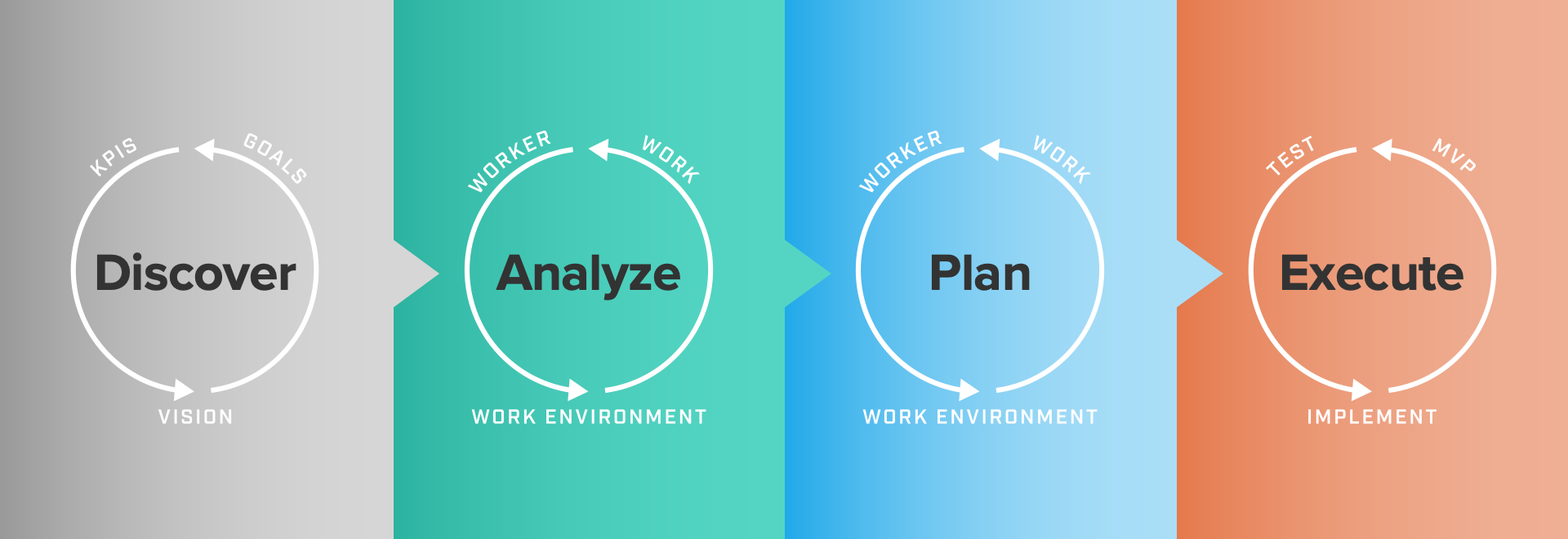
We heard lots of chatter in recent months about upskilling. It’s Learning and Development’s new buzzword and as such, many technology vendors are gleefully using it to sell their uniquely positioned platforms that promise to make all our upskilling dreams come true. I call it a buzzword not to be dismissive, but because I see too many organizations using it without really understanding its impact. Upskilling, when done correctly, allows organizations to strategically identify the right skills, and implement not just the skills taxonomy itself but initiatives that support building those skills into the day-to-day — all with the end goal of staying competitive.
Even though we are still trying to figure out precisely how to do it, the shift from jobs to skills-based organization is happening. According to Forbes research, 98% of organizations indicate they want to move to skills-based work and 90% are actively experimenting with it. For now, only one in five are adopting this practice. These numbers don’t surprise me. Although some forward-looking L&D, human resources, and talent management leaders understand the importance of skills-based organization, they are faced with traditional hierarchies and ways of working (read, roadblocks). Meanwhile, according to the World Economic Forum, there’s a rise in project-based teams, requiring us to match the right skills to the project at hand without having targeted upskilling initiatives in place. It’s a conundrum and many organizations simply don’t know where to start.
Organizations often fall into two camps: Either they pull a list of the “top 10 future skills” off the internet and purchase a content library that matches those skills, or they purchase an upskilling platform with an integrated content library (remember the tech vendors a few paragraphs back? The ones that promised us a solution to our upskilling challenges?). Whichever strategy is adopted, both camps tell the world, “We did it; we are upskilling our employees!”
Unfortunately, neither approach will get these companies where they need to be. First, the strategy is built on skills that aren’t essential to the organization; and second, employees get inundated with irrelevant content that they don’t even have time to look at, let alone apply.
So, where does upskilling start? With identifying the future skills employees need — and this isn’t an easy task. According to the Future of Work and Skills Survey by PwC, identifying the skills that workers will need in the future is one of the top three challenges cited by leaders. Only 26% of respondents strongly agree that they can identify the skills their organization will need, and only 23% strongly agree that they use workforce analytics to monitor and predict skills gaps. So, what should organizations do?
According to the World Economic Forum, a strategic transformation framework — one that is aligned to the needs of employees and provides a clear “people plan” — is crucial and should be a core business principle for any organization. We can achieve this using a four-phased transformational approach that includes:

Do you want to learn more about how to design your own upskilling strategy? Talk to an Ardent expert today!
These Stories on Upskilling
There is a quote from Jack Welch, former CEO of General Electric, that you will find on ...
As another new year kicks off, many of us are in goal-setting mode. Reviewing past goals and assessing ...
You’ve decided it’s a promising idea to have a learning culture in your workplace – and, after reading my